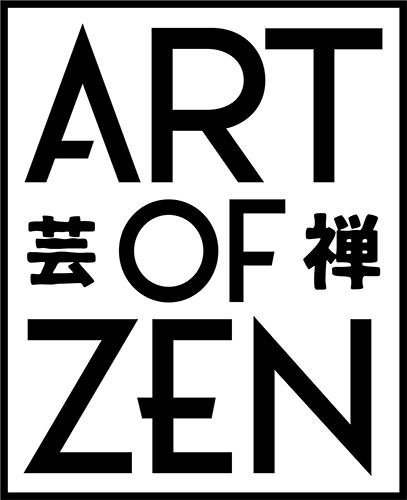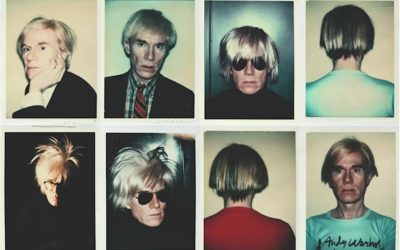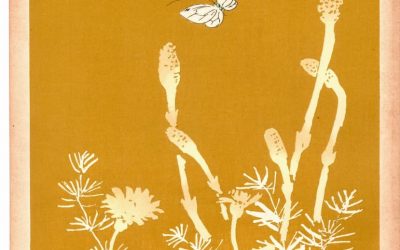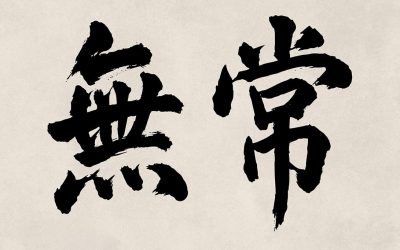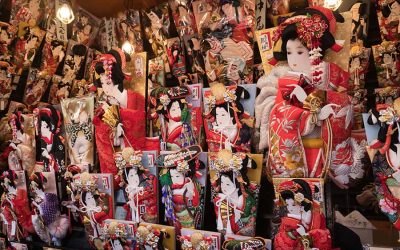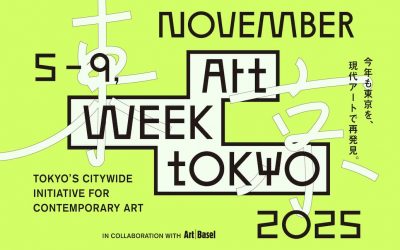Discover the best art exhibitions in Tokyo this Fall 2025—from Hokusai’s immersive shows to avant-garde retrospectives.
Japanese Art
Japanese art merges aesthetic, spiritual, and philosophical elements, showcasing tradition’s influence on modernity. This category delves deep into various aspects of Japanese culture, revealing the profound meanings embedded within its art.
Foo Dogs: Guardians of the Spiritual Realm
Foo Dogs serve as symbolic protectors in Japanese art and culture, not just decorative elements. These statues often guard the entrances of temples and homes, warding off evil spirits. The article on Foo Dogs in Japanese Art and Culture explores their origins. It highlights their role as protectors that blend myth with everyday life, safeguarding both physical and spiritual spaces.
Enso Circle: Embracing Imperfection
The Enso circle, a potent symbol in Zen Buddhism, represents enlightenment, the universe, and the void. Artists traditionally paint it in a single brushstroke. This technique captures the imperfection and transient nature of existence beautifully. Our exploration in The Enso Circle in Zen offers insights. It shows how this circle invites contemplation and embodies the spiritual journey of Zen practices.
Torii Gates: The Threshold Between Worlds
Torii gates symbolize the transition from the mundane to the sacred in Japanese culture. These iconic structures, discussed in The Enchanting World of Torii Gates in Japan, are not just architectural marvels. They also carry deep symbolism, marking Shinto shrine boundaries and offering pathways to the divine. They stand as serene invitations to step into a realm where nature and spirituality converge.
Wave Art: The Rhythm of Nature
Japanese wave art captures the sea’s unstoppable force and rhythmic motion. This theme is common in many famous woodblock prints. The article on The Significance of Japanese Wave Art examines how waves inspire artists like Hokusai and Hiroshige. The dynamic forms and powerful imagery of waves symbolize life’s unstoppable forces and nature’s cycles.
Conclusion: A Journey Through Japanese Art
This exploration of Japanese art offers more than aesthetic enjoyment. It opens a gateway to understanding the deep spiritual and philosophical underpinnings of Japanese culture. Each element, from Foo Dogs to Enso circles, from Torii gates to expressive wave art, enriches our appreciation. It invites deeper engagement with themes that resonate across time and culture in Japan. As we explore these artistic expressions, we gain insights into a culture that marries the visual with the spiritual. This creates a rich tapestry that continues to influence and inspire globally.
Tansai Gafu: A Forgotten Design Album of Shōwa Japan
Tansai Gafu, a rare four-volume Japanese design album published by Happō-dō in Kyoto, features bold flat colored botanical woodblock prints.
How Mujō 無常 Inspires Zen Practice, Ukiyo-e Prints, and Modern Design
Mujō (無常), the Japanese concept of impermanence, shapes Zen, ukiyo-e, and design. Learn how fleeting beauty defines Japanese art, culture, and life.
How Hagoita Turned a New Year Game into Art
Hagoita—ornamental New Year paddles in raised oshie—blend kabuki imagery, craft, and luck. Meaning, making, and where to see them.
Why Jigoku Dayu Remains One of Ukiyo-e’s Most Haunting Figures
Jigoku Dayu’s haunting ukiyo-e portraits merge sensual beauty with Buddhist visions of hell, revealing a tale of sin and redemption.
Why Mu 無 is the Most Important Word in Zen and Japanese Art
Mu 無, the Zen character for “nothingness,” reveals deep truths in Japanese art, from bold calligraphy to the quiet beauty of Kare Sansui.
How Kare Sansui Gardens Reflect Japanese Aesthetics and Zen Philosophy
Kare Sansui dry gardens reflect Zen philosophy through silence, space, and symbolism—bridging art, mindfulness, and Japanese design.
How Hanzo’s Ukiyo-e Revival Blends Tradition with Pop Culture
Hanzo revitalizes traditional ukiyo-e art by integrating iconic manga and anime characters into classic woodblock prints.
Art Week Tokyo 2025: What to Expect and How to Navigate Japan’s Leading Contemporary Art Event
Navigate Art Week Tokyo 2025 with highlights on curators, galleries, and tips for exploring Japan’s top contemporary art event this November.
